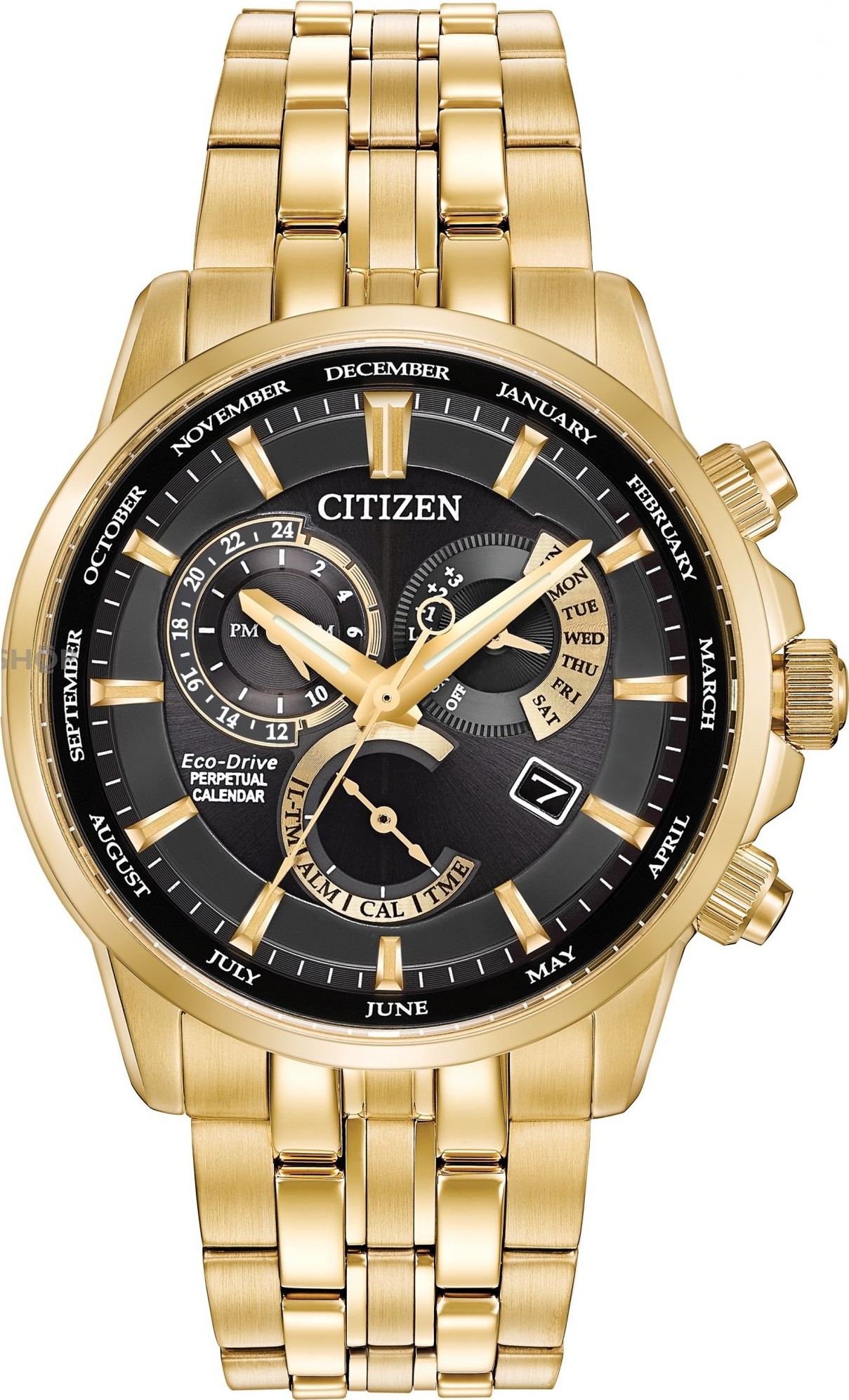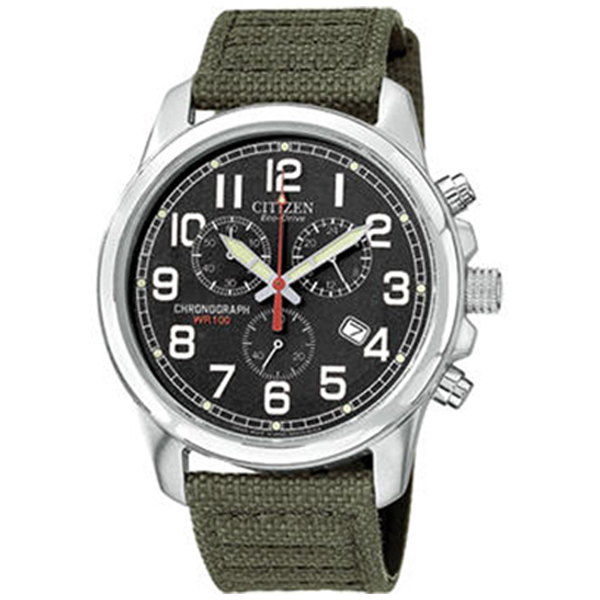
When applied, the first priority of insertion is given to the end of December and June, and the second priority to those at the end of March and September.After insertion of a leap second, the time on your watch gets one-second faster than before.Be sure to adjust the time on the watch.Signals which radio controlled watches use contain updated leap second information and the watches adjust the time automatically as they receive signals after leap-second insertion.

Because the Earth's rotational time varies, a leap second is not applied regularly. The International Earth Rotation Service (IERS) makes the decision of when to insert a leap second in UTC. I was hoping to be around to get my 35 year Rolex, but I figured that even if I lasted that long, which I didn't, they would either up the service time required to 40 years, or find some excuse NOT to give the field employees somthing that nice.A leap second is inserted in order to adjust the time difference between UTC (Coordinated Universal Time, the international time standard), which is defined by atomic clocks using the frequency of the Cesium atom, and UT1 (UT: Universal Time), which is derived from the Earth's actual rotation. For my 30 year service award with Halliburton, I chose another Tag-Huere, but I have never taken it out of the box. For a backup work watch, I have a very cheap wind it up yourself Timex, with Roman numerals on the face, that has never let me down.įor a dress watch, I have a TAG-Huere that I bought at the duty free in Bahrain, which I consider a better watch (both in looks and quality), than my entry level Rolex, which I bought in Singapore, but it does not have the sapphire crystal, I wound up giving it to my nephew when he graduated from college.

It has stood up to all kinds of chemicals, cement, sea water, and a good bath cleans it right back up. My work watch is a Casio Illuminator (?), this is the second one in 10 or so years, as the strap wears out.


 0 kommentar(er)
0 kommentar(er)
